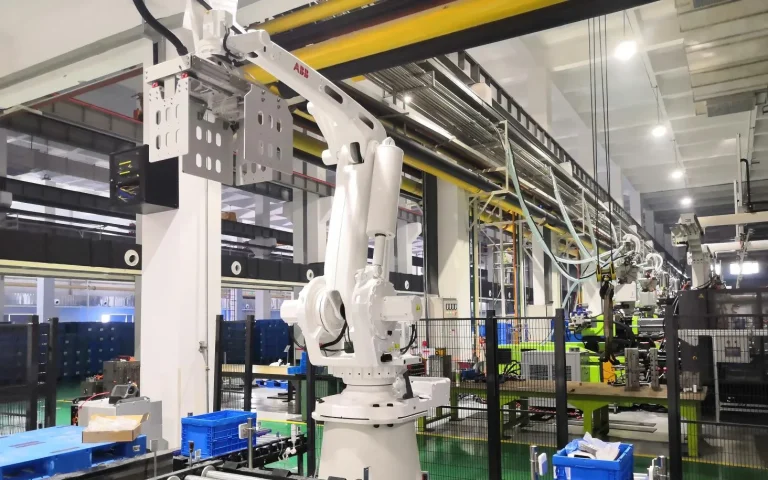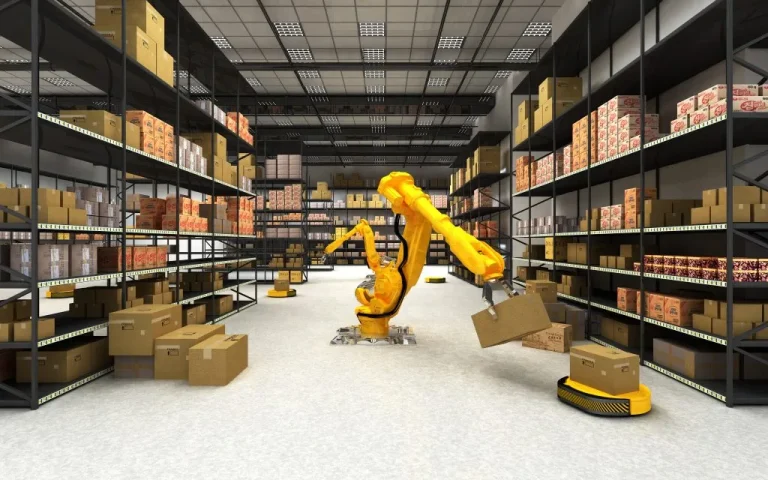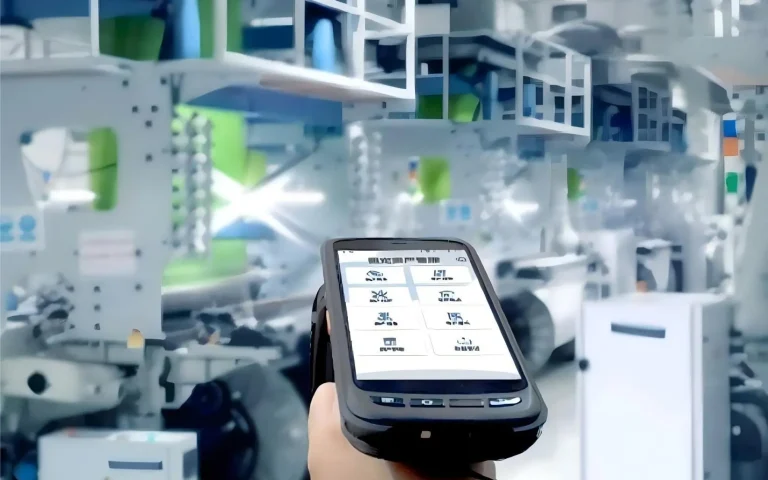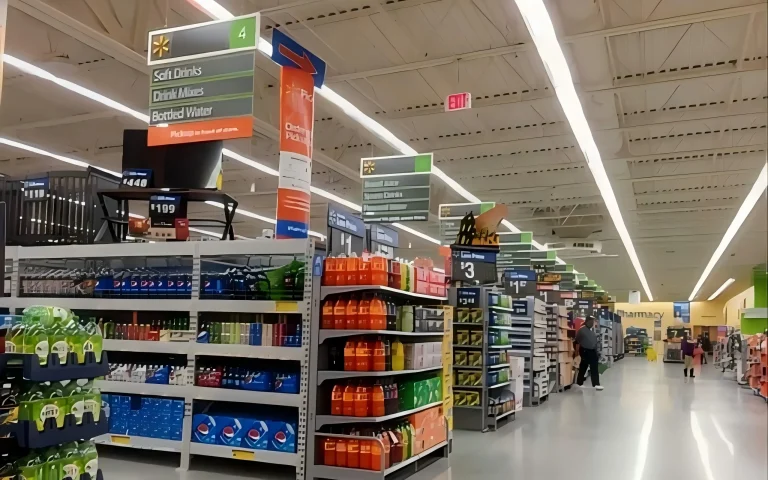
Intelligent Library and Archive Management
Similar to clothing, paper items such as books and archives are minimally affected by RFID wireless electromagnetic waves (their dielectric constant is very low, and the performance of electronic tags changes very little after labeling). Additionally, barcode technology is already in use in existing industry management systems, and electronic tags can directly replace barcodes to enhance management efficiency. Furthermore, the market size for library and archive management is significant, making it one of the most important markets for RFID technology.
1. Library Application
Library tags are consumables, with an annual increase and loss rate of 10%. The potential consumption of tags per year is approximately 500 million. With the maturation of RFID technology over the past decade, especially the reduction in price and cost, it has developed rapidly in the library market and has now become the mainstream technology for smart library applications.
Ultra-high frequency RFID hardware does not interfere with existing security systems, personal computers, telephones, or other electronic devices. The system is also harmless to humans and does not affect the normal functioning of hearing aids, pacemakers, and other devices. Ultra-high frequency RFID hardware also does not affect any magnetic media, including library cards, credit cards, videotapes, etc.
1.1 Key points for improvement
Simplify the book borrowing and returning process and improve circulation efficiency.
Compatible with composite magnetic strips and permanent magnetic strips.
Significantly reduce the amount of work involved in book inventory and searching.
Change the disconnect between borrowing management and security omission processes.
Improve job satisfaction among library staff.
Improve reader satisfaction.
Change the library’s service model.
The library uses ultra-high frequency RFID technology for comprehensive digital management.
1.2 System Composition
The RFID Smart Library System mainly consists of an ultra-high frequency RFID management system platform, librarian workstations, label conversion workstations, self-service book borrowing and returning machines, 24-hour self-service book returning machines, book security monitoring systems, collection management systems (inventory carts), and web query and location systems.
1.3 Implementation Plan
- Book tag installation: Ensure that all books achieve a 100% read rate.
- Shelf label installation: RFID read/write detection of shelf labels to ensure 100% read/write capability.
- Self-service borrowing and returning equipment installation:
RFID reader read/write capability check: Read/write performance check (single book, multiple books 3-10 copies), ensuring 100% read/write rate;
RFID reader read/write range check: Ensuring read/write range is controlled within a radius of 25 cm; Software functionality check: Borrowing, returning, renewing, and searching functions meet library requirements. - RFID Librarian Workstation Installation: Read/write performance check (single book, multiple books 3-10 volumes), ensuring 100% read/write rate; RFID reader read/write range check: ensuring read/write range is controlled within a radius of 20 cm.
- RFID Mobile Inventory Cart Equipment Installation:
Handheld Device Read/Write Range Inspection: Ensure the read/write range is controlled within a radius of 7.5 cm, with no missed or incorrect reads; Desktop Device Read/Write Range Inspection: Ensure the read/write range is controlled within a radius of 20 cm, with no missed or incorrect reads; Desktop Device Read/Write Capability Inspection (Single Book, Multiple Books 3-10 Volumes): Ensure a 100% read/write rate. - 24-hour book return and sorting equipment installation:
Equipment read/write range check: The external antenna ensures that the read/write range is controlled within a radius of 10 cm, with no missed or misread phenomena. The internal antenna ensures that the read/write range is controlled within a radius of 25 cm, with no missed or misread phenomena. Mechanical operation check: Ensures that the mechanical equipment runs in both forward and reverse directions, with a book return and withdrawal success rate of 99%.
1.4 Development and Outlook
With the development of the library industry, cities and campuses have deployed a variety of self-service borrowing devices, including self-service reading rooms, self-service libraries, and book pickup cabinets. Self-service library devices are deployed in classrooms, self-service reading rooms are deployed in crowded areas, and book pickup cabinets are deployed in student dormitories, ultimately achieving an expanded deployment model of “library+.”
2. Archive Management Application
2.1 Current Status and Issues in Management
- The archival cataloging process is cumbersome and inefficient, and the sorting process takes a long time.
- The order of archival storage is easily disrupted.
- Archival retrieval takes a long time.
- Archival inventory operations are unscientific.
- Management of expired archives is lagging behind.
2.2 Advantages of UHF RFID Technology in Archive Management
- Non-contact data collection.
- Fast scanning with large data processing capacity. Ultra-high frequency RFID readers can quickly read multiple pieces of relevant data, including location information, file contents, and summary information, from multiple radio frequency tags simultaneously. Some readers can read the data of 200 tags per second, which is more than 100 times faster than traditional scanning methods.
- The tags have a large storage capacity, long service life, and are reusable.
- High security. Data access on the tags is password protected, and the identification codes are unique and cannot be counterfeited. These highly secure protection measures make it difficult to forge or tamper with the data on the tags.
- Strong anti-pollution performance and durability.
- Compact size, diverse shapes, and reusability.
- Penetration and barrier-free reading.
- The tags have EAS anti-theft functionality.
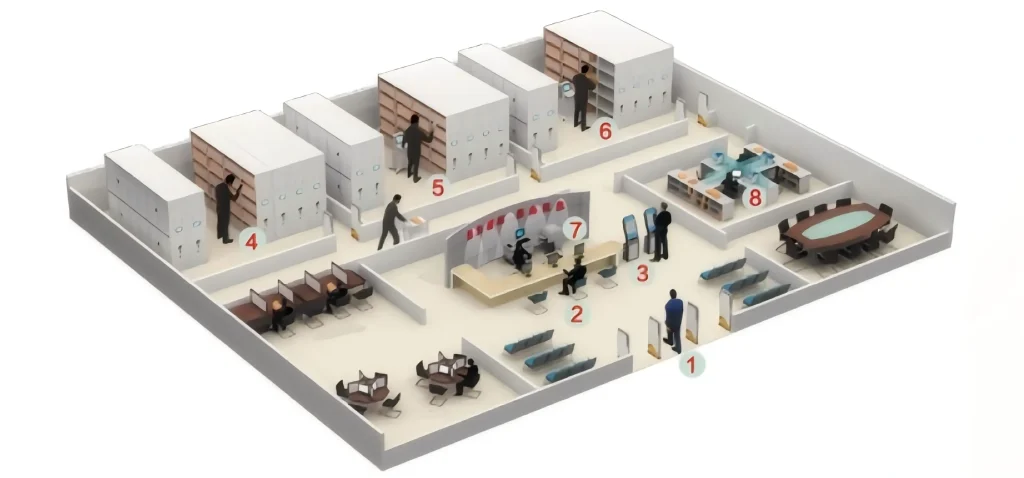
2.3 Solutions
Archive management solutions are similar to library solutions, with a total of eight scenarios: archive security, archive borrowing registration, archive inquiry, archive retrieval, archive inventory, archive organization, archive tear detection, and archive entry.
